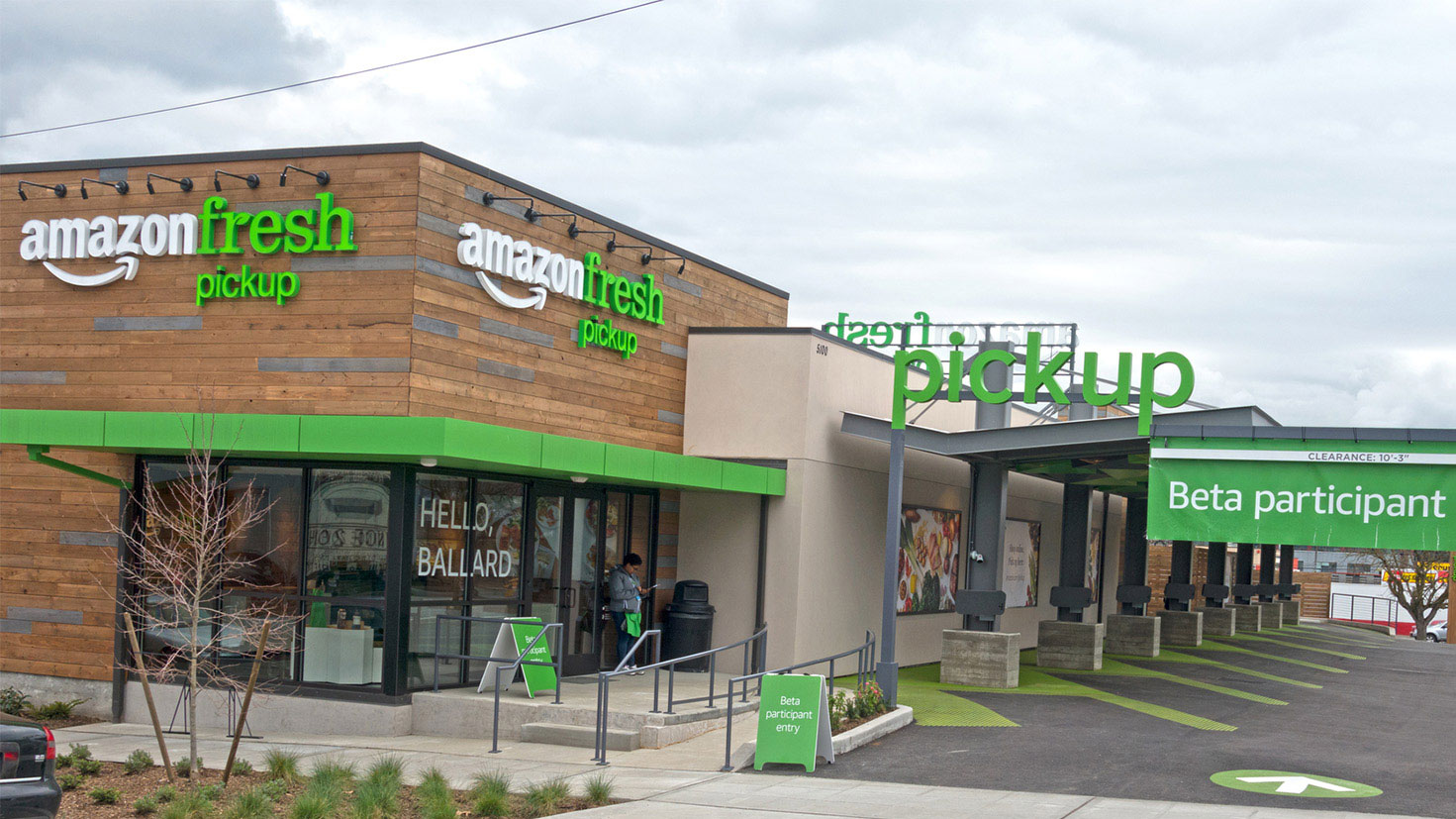On November 3, Amazon announced that it would discontinue its Amazon Fresh grocery delivery service to regions in nine states. While the service will still operate in major markets such as New York City, Chicago, and Los Angeles, it will no longer be available in the rest of New York, California, and seven other states. Amazon Fresh was the company’s first venture into the $800 billion grocery industry, debuting in 2007 first in Seattle as an add-on to Amazon Prime. For $14.95 a month on top of the $99 a year Prime membership, customers can order fresh and frozen groceries for same-day or next-day delivery. Earlier in 2017, Amazon Fresh Pickup launched in Seattle, allowing customers to order groceries online and drive to two designated pickup stations to collect their food in as little as 15 minutes. While scaling back the scope of Amazon Fresh may come as a surprise, the company’s recent acquisition of Whole Foods Market proves that Amazon still intends to be a major player in the grocery industry.
Recent IP Activity Shows Amazon is Invested
Amazon’s IP activity in the food and grocery industry proves this point. Last year, ktMINE discussed Amazon’s “Skip the Trip” trademark and its relation to grocery delivery.

Contact ktMINE for a demo to see updated product details and functionality
When “Skip the Trip” was trademarked in 2015, it looked as if Amazon was aiming at converting shoppers from brick-and-mortar grocery stores to the e-commerce platform. Earlier this year, ktMINE even reported Amazon as a top player in food delivery patent activity. Its underwhelming performance in grocery delivery, however, may have been the impetus to acquire Whole Foods this summer. Amazon hasn’t given up on it completely, though. Most of the company’s food and grocery patents were filed in 2016 and 2017.

Contact ktMINE for a demo to see updated product details and functionality
Additionally, the company has begun a meal-kit delivery service, trademarking the phrase, “We do the prep. You be the chef,” in July of this year. Competitors in this market include Blue Apron and Hello Fresh, the latter of which has been struggling since going public in June. With the acquisition of Whole Foods as well as its robust e-commerce presence, Amazon is attacking the grocery industry from all angles.
Global Expansion
Amazon doesn’t just want to disrupt the US market, either. As the company’s M&A history attests, Amazon is looking to expand its reach overseas.

Contact ktMINE for a demo to see updated product details and functionality
The company is reportedly in talks with Indian online grocery chain BigBasket (Supermarket Grocery Supplies Pvt Ltd), hinting at an expansion into the Asian market. Rumors involving a possible acquisition of French supermarket chain Monoprix (Monoprix SAS) were brought to light in October of this year. While Monoprix’s parent company Casino denied any plans to sell the grocery chain, Amazon’s activity in France points to further interest in acquiring brick-and-mortar grocery stores.
Where Will Amazon Head Next in Grocery?
Domestically, Amazon is leaving its mark on its new acquisition, Whole Foods. Just after the deal closed, Amazon cut prices on a number of popular Whole Foods items such as eggs, avocados, and rotisserie chickens. Amazon Prime members receive additional discounts at the store, and Whole Food’s private label products will be made available for order online. Amazon has even physically installed itself at Whole Foods. At select locations, Amazon Lockers will be available to pick up or return online deliveries. While the effectiveness of this multi-pronged approach to grocery has yet to be determined, Amazon’s heavy investment in the industry proves that it’s banking on success.
The ktMINE IP Data and Analytics Platform were used to perform this intellectual property trends research. For more information on how to access IP data such as royalty rates, agreements, patents, assignments, patent court cases, and IP news, contact us today.




